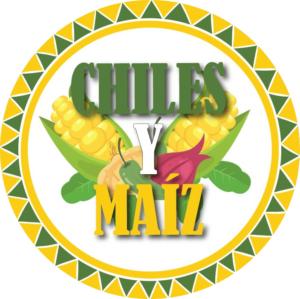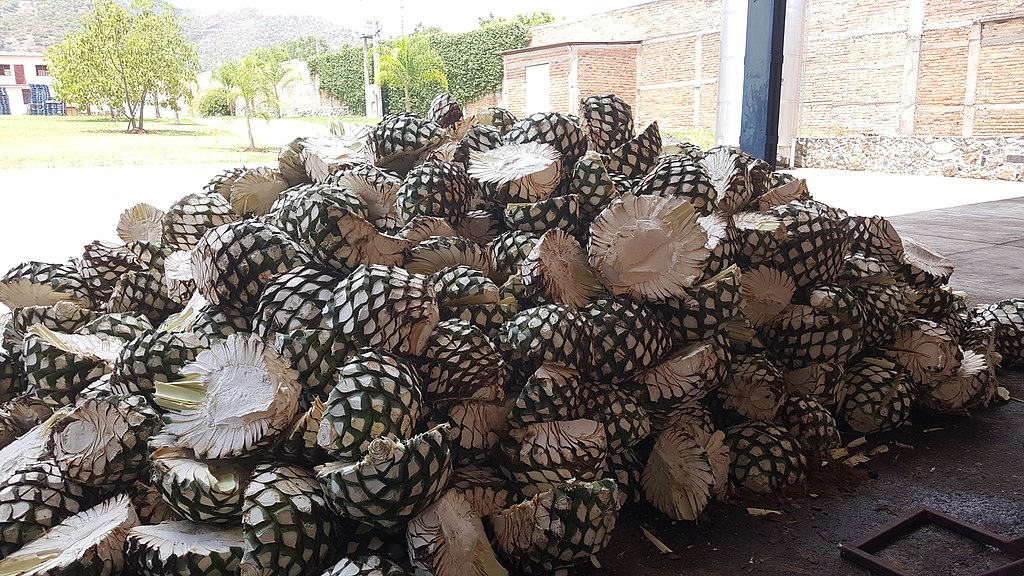Mexican Alcoholic Beverages with Denomination of Origin
Introduction by Berenice Dichi
Mexico already has 18 products with designation of origin, the majority belonging to the category of spirits. For said badge to be awarded, it must have characteristics that identify it as originating from a country, region or locality, that its ingredients have natural and human origins. A geographical identification or denomination of origin, grants a right and protection to the manufacturing processes and raw materials of the product. In this way its use is prevented if the approved standards are not met.
The specialized organisms in granting the denomination of origin such as the World Intellectual Property Organization (WIPO) based in Geneva, Switzerland and in our country the Mexican Institute of Industrial Property (IMPI), are dedicated to promoting the use and protection of the works of the human intellect. As well as designating each product an account with an official Mexican standard or NOM.
Long ago, these alcoholic beverages began to be used in modern cocktails, expanding the preparations that teachers like Mane Maldonado have managed to incorporate. The flavors reached lead us further than the traditional Margarita.
We invite you by the hand to know through an article by Ivonne Donnadieu Maurice, Mexican drinks that already have the designation of origin, as well as their history, properties and the reputation that have led them to obtain this precious distinctive.
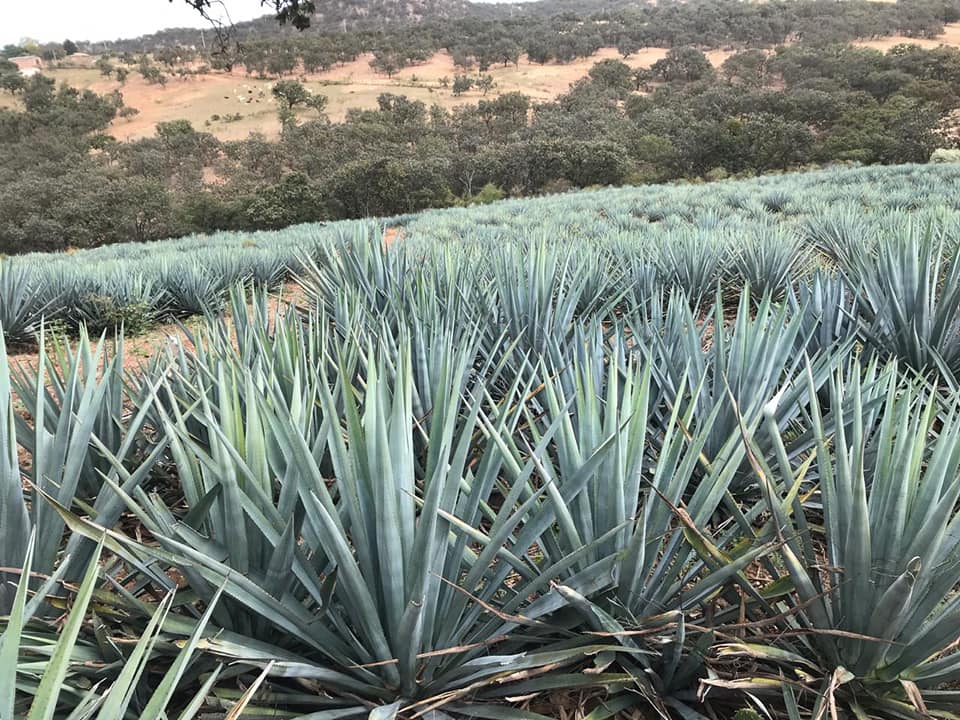
Article by
Ivonne Donnadieu Maurice
Mexico is a country with a great gastronomic, cultural and historical wealth, and in such a nation, obviously within this great diversity, drinks with a designation of origin cannot be absent. From tequila, through mezcal, to raicilla and coffee are just some of the Mexican 100% drinks that have obtained this denomination.
The appellation of origin is a certification that is granted to different products, which due to different factors, cannot be produced anywhere else in the world.
For an appellation of origin to be granted, it must have different factors, including natural characteristics such as soil composition, temperature, humidity, altitude above sea level and climate. Human qualities such as traditions and customs in the specialization of a certain art or trade, as well as the use of special processes.
The designation of origin protects local producers and guarantees the quality of their products. Throughout the years Mexico has made an effort to preserve different beverages and has managed to obtain this distinctive in seven of its beverages.
Learn more about these delicious 100% & Mexican spirits!
THE TEQUILA
Tequila, not only in Mexico, but throughout the world is identified as a symbol of Mexicanity, it was the first drink to obtain the designation of origin in 1974, covering the entire state of Jalisco, some regions of Nayarit, Michoacán, Guanajuato and part from Tamaulipas. To meet the standards of this insignia and bear the name "Tequila", it must be produced in these places and have an alcoholic strength of 35 degrees and 40o.
This drink comes from a plant of the agavaceae family, among whose varieties is the blue Weber tequilana agave, used exclusively as raw material for its production. The beautiful and extensive agave fields were designated by UNESCO in 2006 as a Historical Heritage of Humanity, within the category of cultural landscapes, which includes the tequila factories, their haciendas full of history, their areas archaeological, but above all, their customs and traditions that have been preserved to this day.
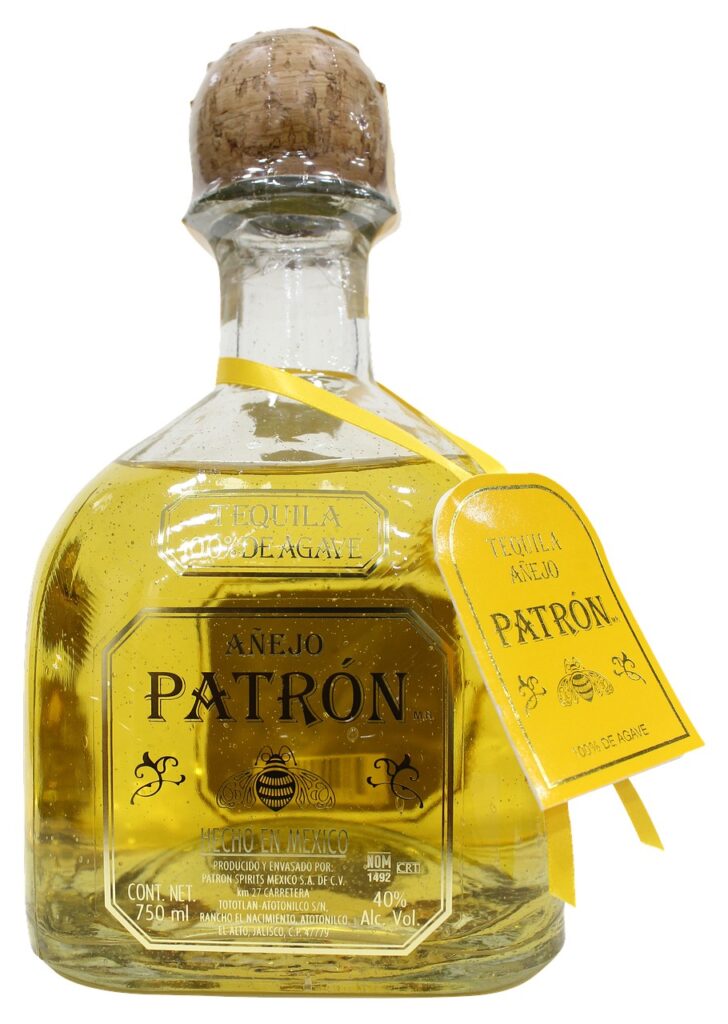
The etymological origin of the word Tequila, comes from the Nahuatl (Tequitl = work or trade, tlan = place) of the word, it speaks of a workplace and, at the same time, the specific work of cutting plants.
Among the legends that relate its origin, there arises the one that tells how during an electrical storm, when lightning struck the agave field, causing a great fire. The vapors began to heat the agave pineapples, causing a honey with a sweet taste and pleasant aroma to emerge from them. They discovered that when fermented it had relaxing powers and euphoria effects when drinking it and at that moment they thought that it was not a punishment, but a gift from the Gods of intoxication.
For many years it was known as mezcal wine or tequila mezcal, because that was the name of the region where it was produced. Tequila, the same Jalisco city that to this day continues to be the cradle of this drink.
There are several types of tequila depending on its maturity, such as:
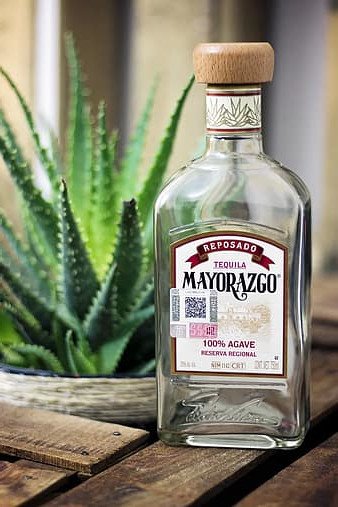
• White or Silver: Clear and transparent in color, it is bottled immediately after being distilled. It has the flavor and aroma of blue agave.
• Young or Gold reposado: One of its characteristics is that it is softened with colorants and flavors, such as caramel. This tequila is the favorite to prepare the Margarita cocktail.
• Restful: White in color which is left to rest in oak barrels for more than 2 months up to a year.
• Old: The quality of this tequila is its amber color and wood flavor, which allows it to rest in oak barrels for more than a year.
• Extra aged: Maturation is the main characteristic, and it must be aged for at least three years in oak barrels.
• Reservation: It is not a category, however a very special kind of añejo, since it is usually aged for more than 8 years. Reserva falls into the categories of great liquors due to its taste and price.
MEZCAL
In 1995 mezcal obtained the Denomination of Origin, registered with the World Intellectual Property Organization (WIPO) based in Geneva, Switzerland.
This badge awarded protects the production of this drink in the states of Oaxaca, Durango, Guanajuato, Guerrero, Michoacán, San Luis Potosí, Puebla, Tamaulipas and Zacatecas.
Graduation should be in the range of 35% to 55% Alc. Vol. These levels do not determine the quality of the mezcal.
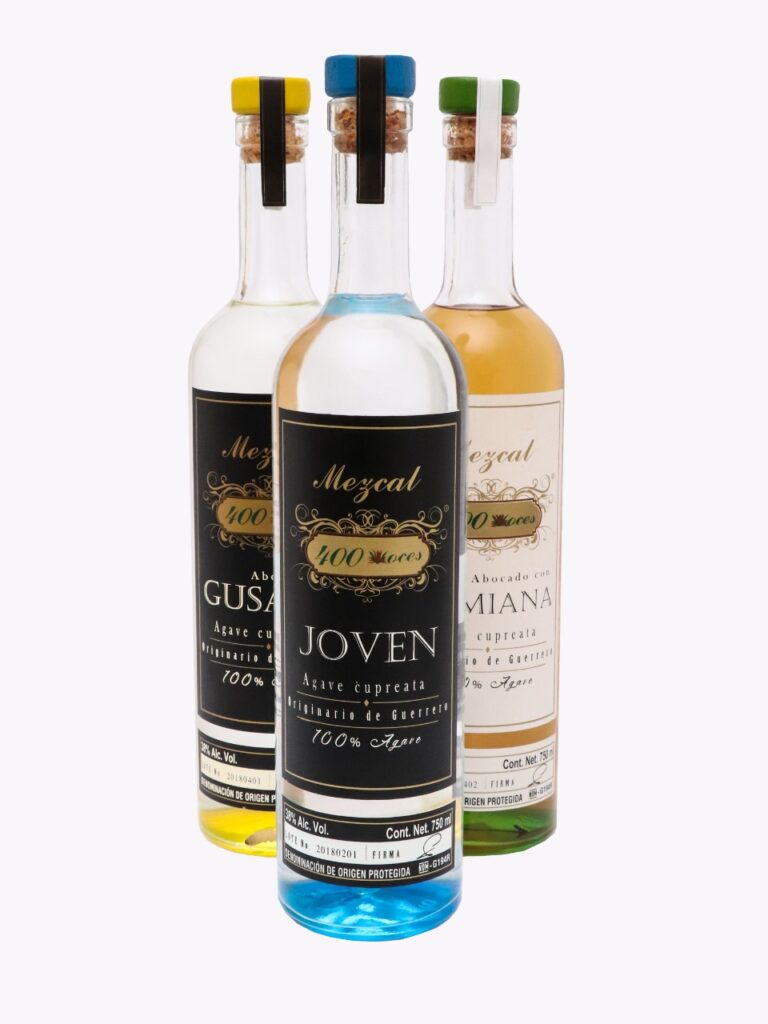
The word mezcal has its origin in words from the Nahuatl language. Some argue that it derives from “mexcalli” (“metl” or ”meztl”: maguey and “ixcalli”: cook) the translation would then be “cooked maguey”.
It is known that in ancient Mexico the nutritional richness of the magueys was well known, whose heart or pineapple usually accumulates abundant starches that can be converted into sugar.
TYPES OF PLANT
Agave is the essence of mezcal, which can be made with different types of this plant, unlike tequila that is only produced with blue agave. According to the species of agave, the notes of this liquid vary:
• Sprat: This is smooth and usually has a fruity aroma. It is the most popular in mezcal producers, so it is much easier to find a mezcal from this plant.
• Wild: these types of plants occur in fewer places and, therefore, are a little more difficult to get, which makes them more expensive and less popular.
Production process
• The miner or traditional: The human factor plays a very important role, since its elaboration does not require any type of electrical machinery.
• The one with the breast: It comes from an old Oaxacan recipe which is placed inside the barrel prior to distilling a breast of a turkey, chicken or even rabbit, which gives it a smoky flavor.
• The doomed: Mezcal is softened by adding other natural products, such as seeds, flowers and the typical maguey worms.
Aging process
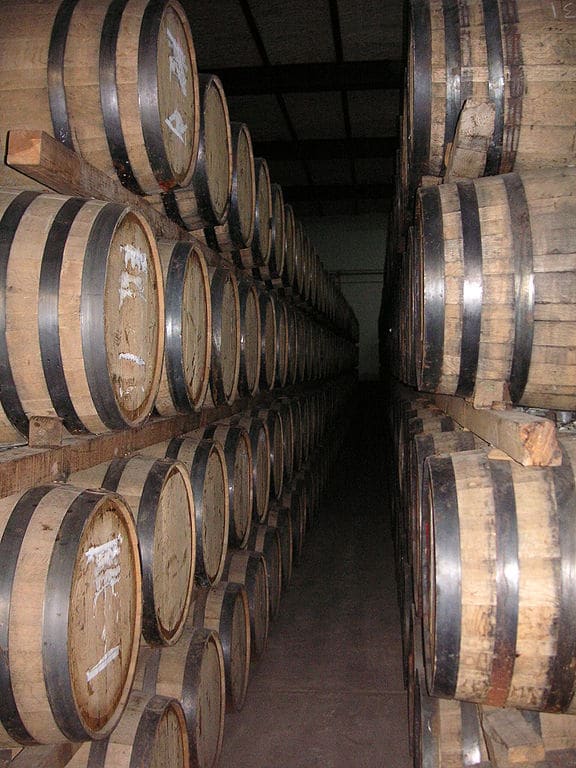
Courtesy of Tobias Hesse.
• Young: it is obtained directly from the distillation process.
• Restful: it is stored in white oak or oak barrels for between 2 and 12 months.
• Old: undergoes a maturation process of at least one year.
• Matured in glass: it is contained in glass containers for more than 12 months, underground or in a space in stable conditions of darkness, temperature and humidity.
The difference between them is how long they were aged.
The matured in glass is very common to consume in celebrations such as births, fifteen years and weddings that are celebrated in the towns where this spirit is made. Whether the mezcal master matures it or whoever buys the mezcal and has a space can mature it.
Mezcal categories
There is one more modification to the norm and it refers to the categorization of mezcal according to its production process, this is based on the tools that were used for its preparation, being the following categories:
• Industrial Mezcal: it is the one that achieves the largest amounts of production and uses mechanisms that can accelerate the appropriate times for the maturation of the maguey.
• Artisan mezcal: You can use the conical deck kilns and the masonry kiln according to the region.
• Ancestral Mezcal: Only occupies the conical floor oven.
As you can see, the versatility of mezcal is impressive. There are different aromas, colors and flavors, which is why it is one of the favorite drinks of consumers, not only in Mexico, but all over the world!
And as the best known popular saying of mezcal says: "For all bad mezcal, for all good too, and if there is no remedy, a liter and a half."
BACANORA
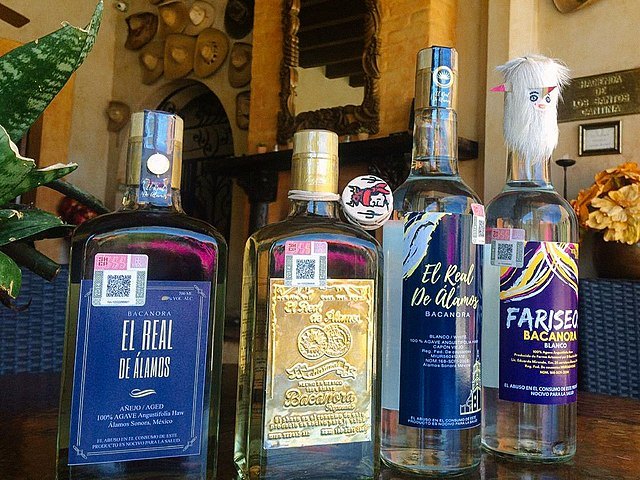
Courtesy of Jicara Foodie Traveler
Bacanora is made with Agave Pacifica, which is also called Agave Yaquiana and scientifically called angustifolia, which grows in the region of the Sonoran mountains.
It was in the town of Bacanora, Sonora, located in the mountainous region of the State, where the production of the traditional drink began more than 300 years ago.
Since November 6, 2000, Bacanora has a designation of origin.
Among the natives of Sonora it was common to use these agaves, from the cooking and fermentation of their pineapples for various purposes as food, a remedy for healing wounds and stomach ailments.
Types of Bacanora
• White or silver: without passage through wood.
• Young, gold or gold: a mixture of white bacanora with reposados and or añejos
• Reposado or aged: with a passage of between 2 and up to 11 months in the barrel.
• Añejo or extra aged: aged for at least one year in barrels.
Packaging must be carried out within the territory established by the appellation of origin.
This drink is so appreciated that the same is consumed by the worker, the peasant, the worker and even the highest rulers in the Sonoran environment, being common to give it to high and distinguished personalities of the national social and political environment who visit Sonora.
SOTOL
Sotol obtained the designation of origin in 2002. For several years it was considered a drink in danger of extinction, and today there are three states such as Chihuahua, Durango and Coahuila that produce it and have the insignia granted by the WIPO.
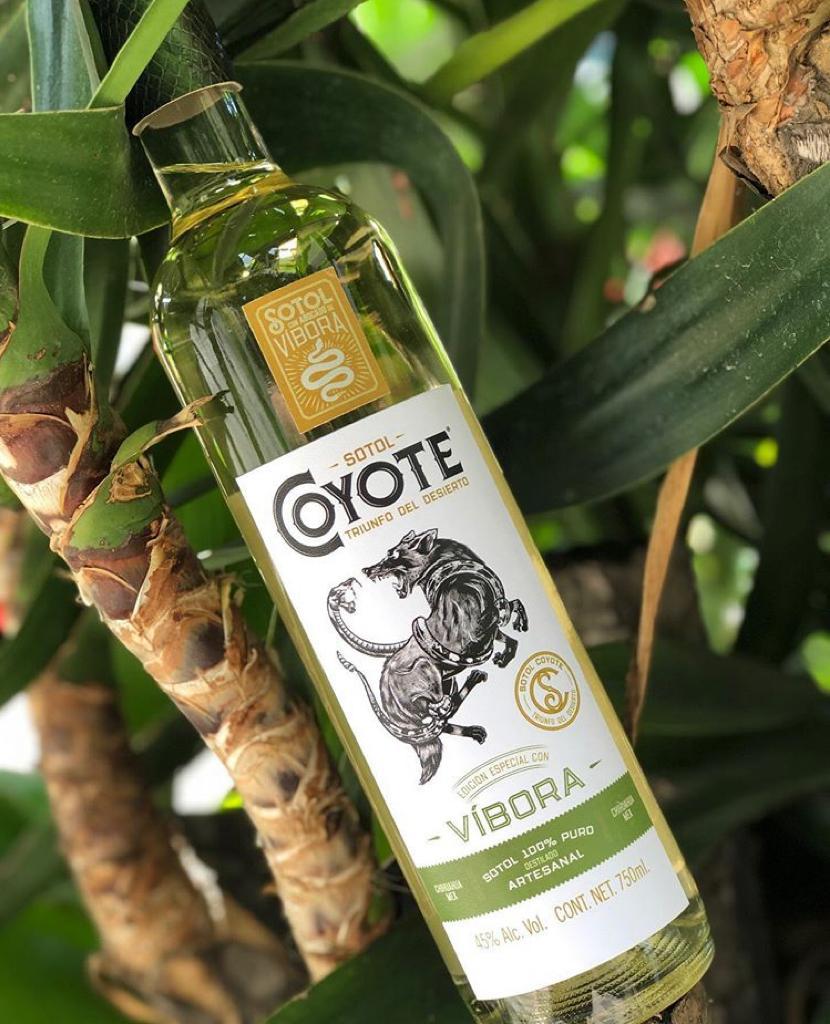
The strongest and most famous drink in the north of Mexico is a distillate between 38 and 45 degrees of alcohol. Its origin is lost in the history of the Tarahumara and Anazasi ethnic groups, among others, who gave it a mystical and ritual use, since they integrated it into their religious ceremonies, in addition to using the plant as food, among other things.
The word sotol or zotol comes from the Nahuatl word tzotollin and means the sweet of the head, which was used by the Anasazis, the Tarahumara, the Tobosos and the Apaches since 205 AD. C. and the name is still maintained.
Sotol is distilled from the head or pineapple of the Dasylirion plant, (Tousled Lily) of the Asparagaceae family, known by the same name (or by the Raramuris with the name of sereque) and which grows in the desert of northern Mexico; a unique plant and different from all the others that are contemplated in the denominations of origin in Mexico.
Sotol types
• White or Silver: no aging.
• Restful: aged in wood between 2 and 6 months.
• Old: aged in wood for up to 24 months.
• Extra Añejo: aged for 5 to 7 years in wood.
• Platinum: triple distillate without aging
• Frowned: those to which ingredients such as fruits, seeds or herbs are added to add flavor and aromas.
• Sotol creams: same as the previous ones, except that a dairy is also added.
The sotol is enjoyed sip by sip, living the experience on the palate of an exquisite drink that will leave us a pleasant memory of our dunes, of our Mexican desert.

CHARANDA
La Charanda is originally from Michoacán and acquired its denomination of origin on August 27, 2003, the denomination of origin area covers a total of 8,606 km² that includes 16 municipalities.
It is considered that its predecessor would have been the chiringuirito, an alcoholic drink little appreciated by the Spanish, and that it survived the era of the prohibition of the production of this type of drink.
La Charanda has been produced in an artisan way since 1857, according to data from the Ministry of Agriculture and Rural Development. Its name comes from the La Charanda hill, which is located in Uruapan, Michoacán and which in Purépecha means "red earth" and its alcohol percentage is between 50 and 55 degrees of alcohol.
Types of Charanda
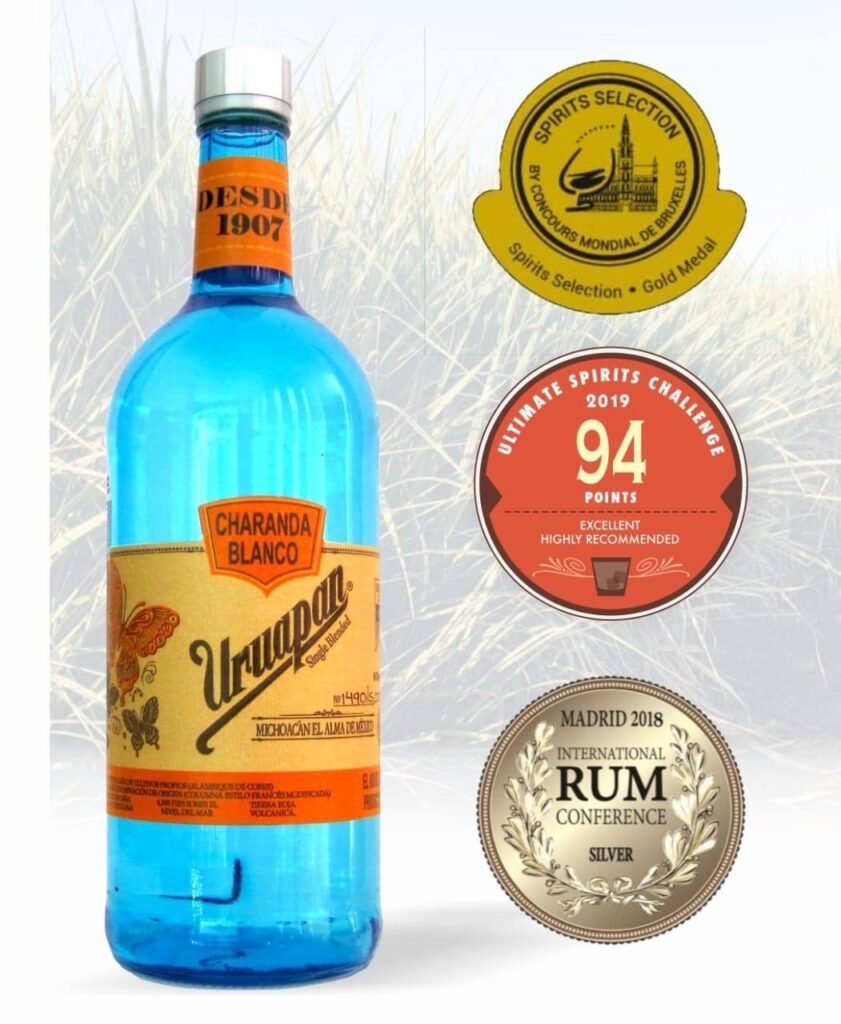
• White
• Restful
• Old
Its flavor is similar to the flavor of rum, since it is extracted from the fermentation of sugar cane, its color is beautiful and its effect is wonderful. La Charanda can be mixed with juices, fresh waters, bottled soft drinks and other spirits and its flavor will stay in your throat for a long time.
RAICILLA
As of June 28, 2019, the protection of the Raicilla designation of origin was officially declared, which is made in different municipalities of Jalisco from two types of agave, known as lechuguilla and maximiliana. This plant, which is slightly smaller than the blue agave with which the famous tequila is produced, is very common in states such as Chihuahua and Sonora.
The origin of the Raicilla is recorded in the 16th century. In those times it was very common for miners to consume this type of drink, whose production process has been passed down from generation to generation through the centuries.
The alcoholic graduation of Raicilla is between 36 and 45 degrees.
Types by region
• Raicilla de la Costa: It is made with Angustifolia Haw and Rhodacantha agaves.
• Raicilla de la Sierra: Obtained from Maximiliana Baker, Inaequidens Koch and Valenciana agaves.

Types by elaboration
• Raicilla
• RArtisan aicilla
• Racilla Ancestral Tradition
What will differentiate them will be the processes during the cooking, grinding, fermentation and distillation stages; These will be variable in terms of the use of technology and equipment and, the less use they make of large machinery, they can be classified as "Artisan or Ancestral Tradition".
Classification according to the finished product
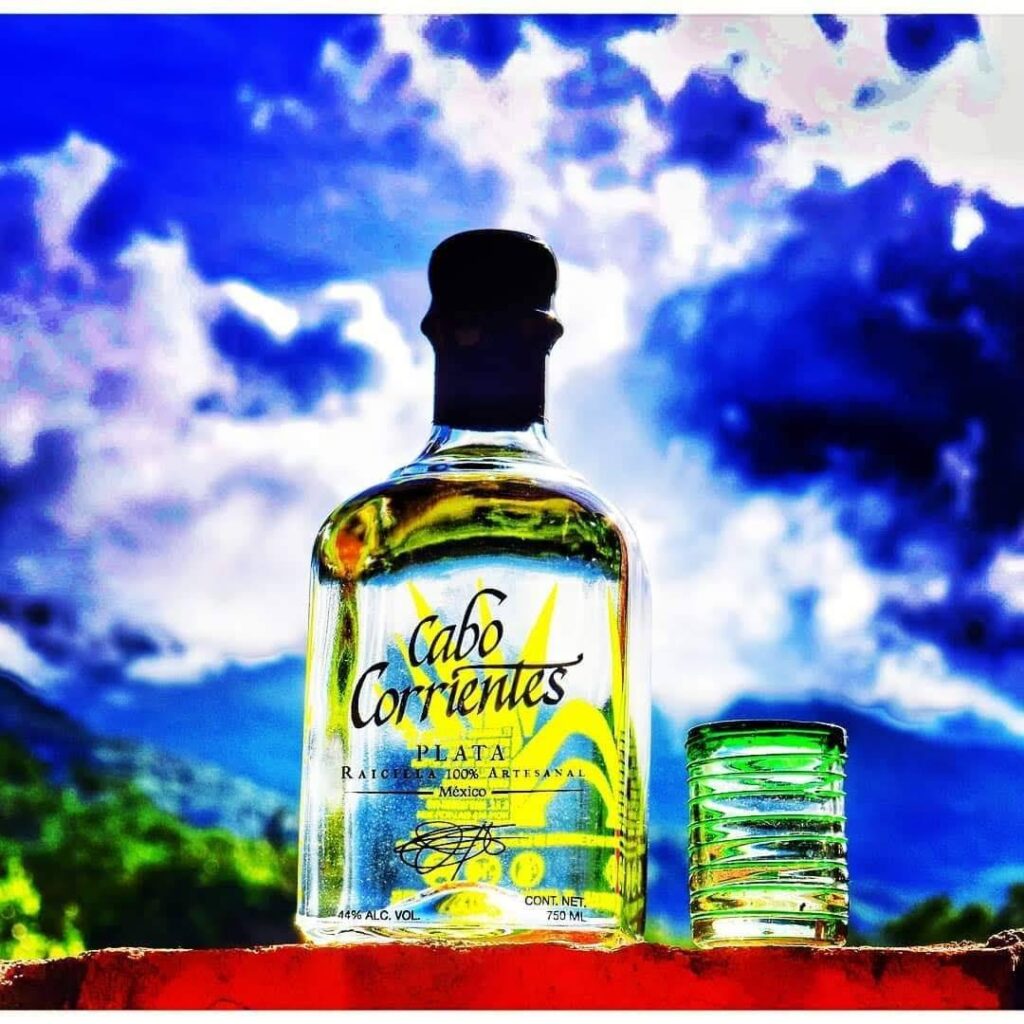
• Young, White or Silver: it is translucent and is the immediate result after distillation.
Aged or Matured in glass: after being distilled, it is stored to stabilize for 12 months or more, in a glass container.
• Reposada or Gold: It is aged for between two and up to twelve months in wooden containers.
• Aged: aged in wood also for more than twelve months.
Topped with raicilla: it is one to which ingredients are directly incorporated (herbs, fruits, flowers, etc.)
• Raicilla distillate: is the one that must undergo additional distillation.
In some places, they tend to infuse it with ingredients such as guava, coffee or others. However, many recommend drinking it pure to better appreciate its qualities. In addition, it is said to have aphrodisiac or medicinal properties.
The raicilla is friendly and can be mixed with everything, it will not lose its smoky flavor.
COFFEE
Mexican coffee, is a benchmark of quality and tradition in the world, already has a designation of origin in some areas of Mexico.
Soon you will learn more about this Mexican product. Wait for it!
Do you know what the other products with a designation of origin are? Write them in a comment! (Tip: they are 18 in total).
Image Sponsors
Mezcal 400 Voices
Mariela Juárez Zebadúa
[email protected]
Facebook: mezcal400voces
Instagram:
mezcal400voices
Sotol Coyote
www.clancoyote.mx [email protected] www.secretosdelvino.mx
Facebook: @ClanCoyoteMx
Instagram: @Sotol_Coyote
Charanda Uruapan
Miriam pacheco
[email protected]
Facebook: @Charandauruapanytarasco
Raicilla Cabo Corrientes
Ing. Jorge Octavio Joya García
[email protected]
Jair Benjamin Godinez Herrera
Cover image courtesy of Ruben 13montes.
